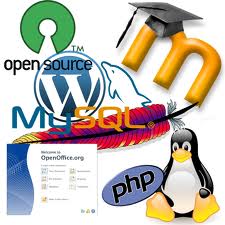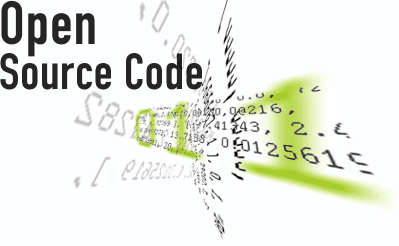Not so long ago I reported on the release of Magento 1.8. This was a long time coming, and whilst it seemed that on the surface it was no great shakes in functional terms, a lot had changed under the bonnet – particularly around VAT calculations.
Open Source
Open Source 4 – In Conclusion
I have spent the previous three posts looking at what Open Source software is, what it can do in comparison to its traditionally licensed peers, and what the traditional software houses have been doing about it.
Open Source 3 – How it changes the way we buy software
In previous posts I introduced the concept of Open Source, and also gave a quick appreciation of how it can play a role in such important deployments as eCommerce – and other important customer facing roles.
Open Source 2 – Versus Traditional
In the first post we covered a very brief definition of Open Source, in corporate language and in straightforward terms.
In this post, however, we will look at what Open Source means to the purchaser of software, be that a corporate entity, or an SME or retailer looking to make decision on how to enter the online selling world.
Open Source 1 – What is it?
Current industry trends suggest greater adoption of open source technology, in fact, the UK Government Cabinet Office recently set up an action plan to investigate this. This paper will debate the reasons for the burgeoning existence of Open Source technologies, and compare and contrast Open Source Technology with typical license software from major vendors.




